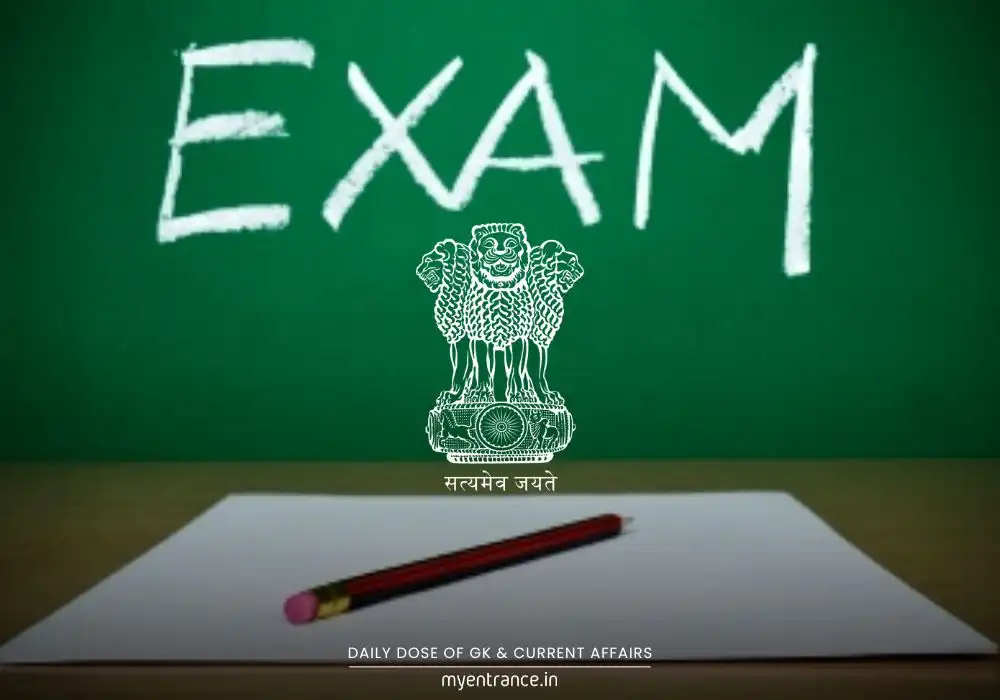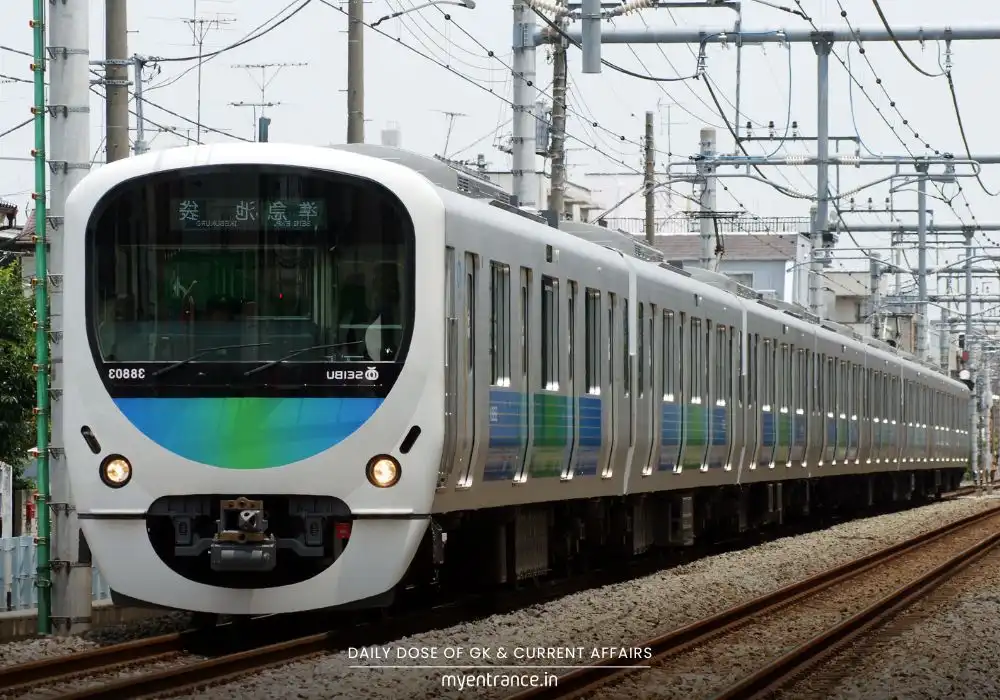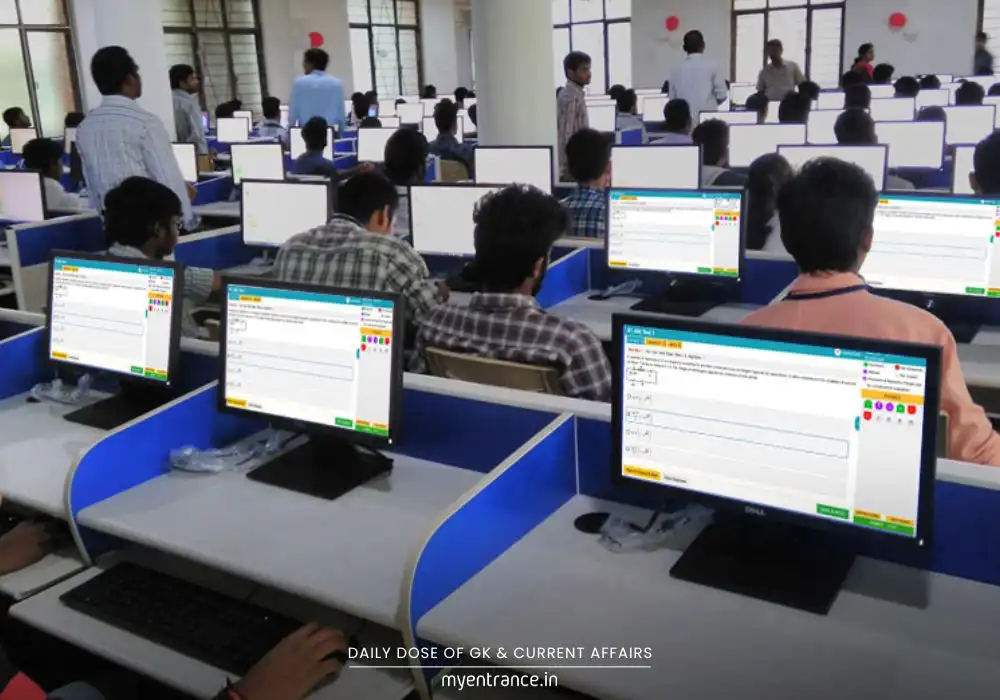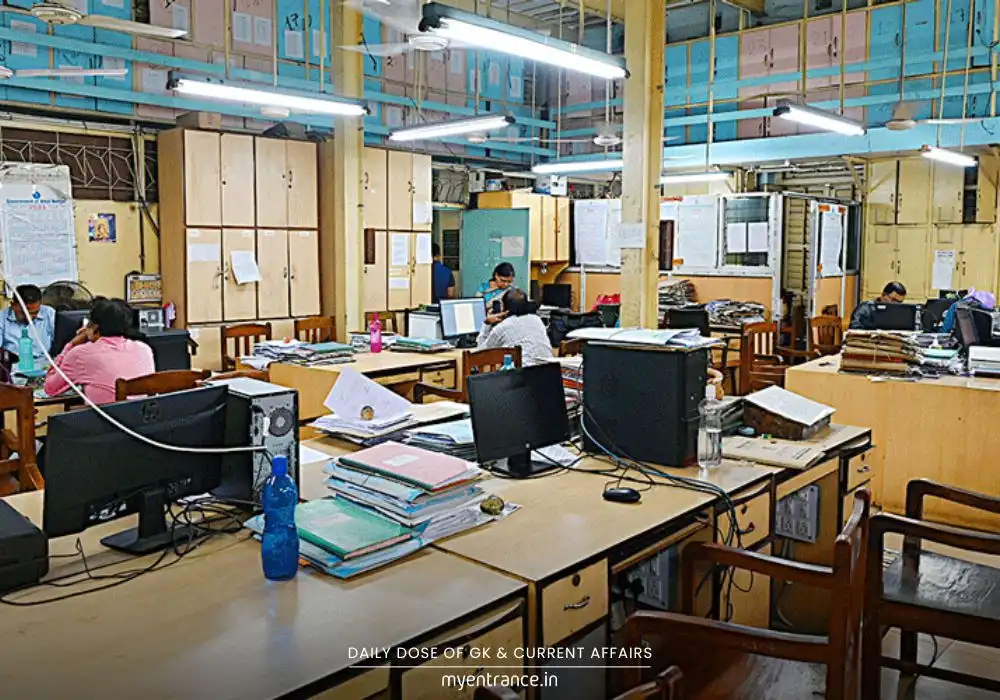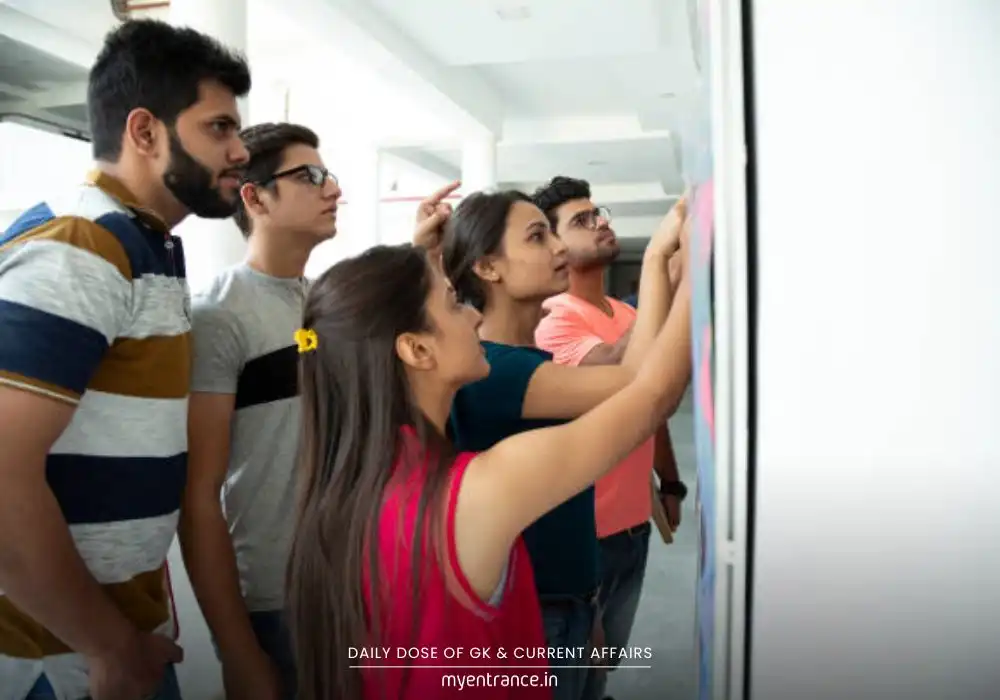Translate Language
Why Are Critical Minerals the Hidden Key to India’s Future?
Critical minerals are the backbone of modern technology, powering everything from electric vehicles to renewable energy systems. For India, securing these minerals is not just an economic necessity but a strategic priority. With increasing global competition and dependence on China, India is actively forming international alliances and boosting domestic exploration to ensure a stable supply.
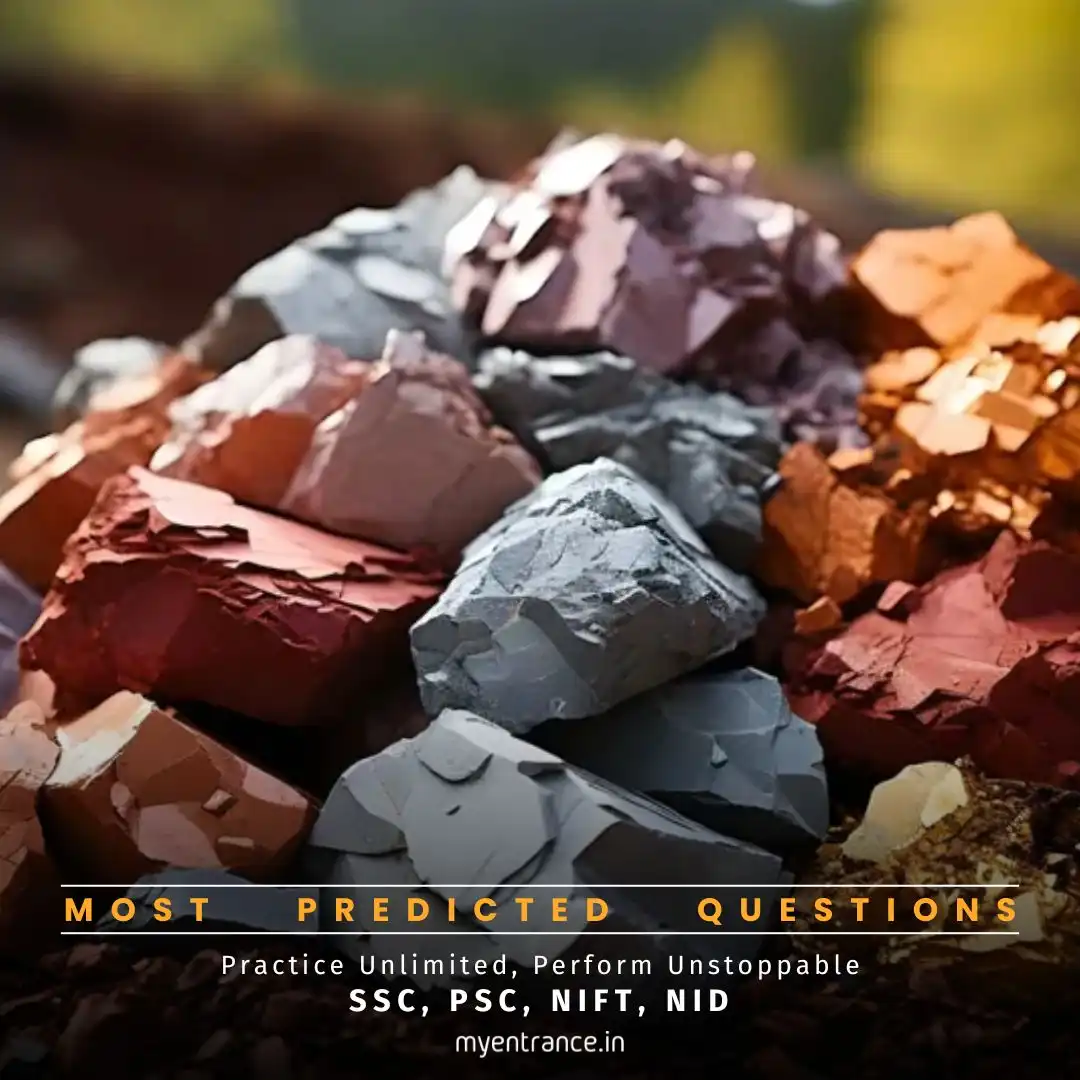
Why Critical Minerals Matter for India
1. What Are Critical Minerals?
Critical minerals are elements vital for economic growth, national security, and technological advancement. These include:
Lithium & Cobalt (for batteries)
Rare Earth Elements (for magnets, electronics)
Graphite & Nickel (for energy storage)
Unlike rare minerals, which are simply scarce, critical minerals are essential for key industries and have high supply risks.
2. India’s Dependence on China
Over 70% of India’s rare earth imports come from China.
Recent export controls by China have disrupted global supply chains, exposing India’s vulnerability.
3. Role in Green Energy Transition
Critical minerals are crucial for manufacturing:
Electric vehicle batteries
Solar panels & wind turbines
Semiconductors & defense technologies
Without a stable supply, India’s renewable energy goals under ‘Net Zero by 2070’ could face delays.
4. India’s Strategic Moves
Quad’s Critical Minerals Initiative (with US, Japan, Australia) to diversify supply chains.
Bilateral deals with Argentina, Zambia, and Australia for mining access.
‘Make in India’ & ‘Atmanirbhar Bharat’ pushing for domestic exploration and production.
5. The Challenge Ahead
While international partnerships help, India must:
Boost domestic mining (untapped reserves in Jharkhand, Odisha).
Invest in recycling technologies to reduce import reliance.
Balance diplomacy to avoid over-dependence on any single bloc.
Sample Questions & Answers for Competitive Exams
Q1. What are critical minerals, and why are they important for India?
Ans: Critical minerals like lithium and rare earth elements are essential for EVs, renewable energy, and defense tech. India needs them to reduce import dependence and achieve green energy goals.
Q2. How is China’s dominance in rare earths a risk for India?
Ans: China controls 70%+ of global rare earth supply. Export restrictions can disrupt India’s tech and green energy sectors, making diversification crucial.
Q3. What is the Quad’s Critical Minerals Initiative?
Ans: A partnership between India, US, Japan, and Australia to secure and diversify critical mineral supply chains, reducing reliance on China.
Q4. How can India achieve self-reliance in critical minerals?
Ans: By exploring domestic reserves (e.g., lithium in Jammu), investing in recycling, and forming strategic global partnerships.
Q5. What role do critical minerals play in India’s net-zero goals?
Ans: They are vital for manufacturing solar panels, wind turbines, and EV batteries—key components of India’s clean energy transition.
Why This Matters for NID, NIFT, FDDI, and Other Entrance Exams
Current Affairs: Critical minerals are a hot topic in national and international geopolitics.
General Knowledge: Understanding India’s economic and energy policies is crucial for GD/PI rounds.
Essay Writing: Topics like sustainability, self-reliance, and global partnerships often appear.
Design & Innovation: Future tech (EVs, renewables) relies on these minerals—relevant for design exams.
Final Thoughts
India’s race for critical minerals is not just about resources—it’s about securing a sustainable and self-reliant future. For aspirants, staying updated on such strategic topics can provide an edge in competitive exams and interviews.
Need more exam-focused insights? Explore MyEntrance.in for mock tests, study guides, and expert tips on NID, NIFT, FDDI, and other entrance exams!
Get 3 Months Free Access for SSC, PSC, NIFT & NID
Boost your exam prep!
Use offer code WELCOME28 to get 3 months free subscription. Start preparing today!



